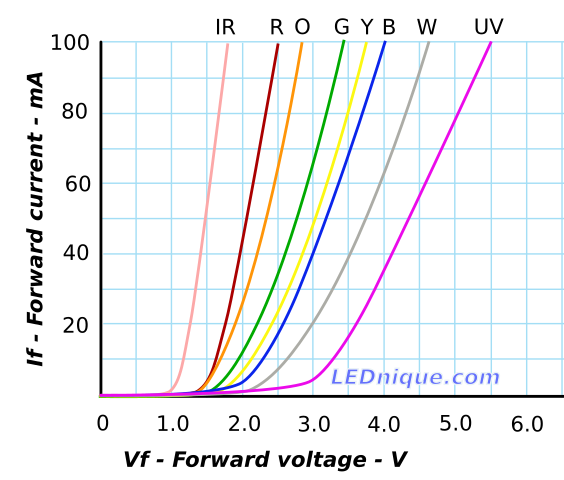The current through two parallel LED's or a single LED with a resistor dropper will result in the same current through the resistor. LED's have a specific operating voltage, for white LED's it's around 3 volts. If you had 12 volts across a resistor & LED, the resistor is dropping 9 volts.
If two LED's are in parallel, they're still running at 3 volts, and the resistor is still dropping 9 volts, the power is the same, the LED's just aren't as bright as they're only receiving half the current.
Err, that's not exactly how I recall Ohm's Law working.
Unless there's some special property of LEDs I'm unaware of, the resistance of each LED would be constant regardless of how wired (assuming proper polarity). If the total voltage applied to the circuit is 12 volts, the resistor used is 470 ohms, and the LED is "seeing" 3 volts (a quarter of the total voltage), the LED resistance should be something around 157 ohms, or 1/4 the total resistance of 627 ohms (470 + 157), and the circuit should draw about 0.02 amps (I = V/R = 12/627).
OTOH, if you add a second LED in parallel with the first, the total resistance will drop a bit, to 548 ohms (470 + 157/2), the current will rise to a bit under 0.022 amps (I = V/R = 12/548), the resistor will "see" (or "drop") about 10.29 volts, and the pair of LEDs will "see" only a bit over 1.7 volts. As you said, each LED will carry one-half the total current, or about 0.011 amps each, and since that's at a lower voltage, they will each use less power (and be much dimmer) than when each is wired alone with a separate resistor. Conversely, the dual-LED resistor will "see" a higher voltage and slightly more current, and thus will have to dissipate more power.
My apologies if my back-of-the-envelope calculations are off a bit, but I think I'm correctly applying Ohm's Law as I learned it many years ago.


























